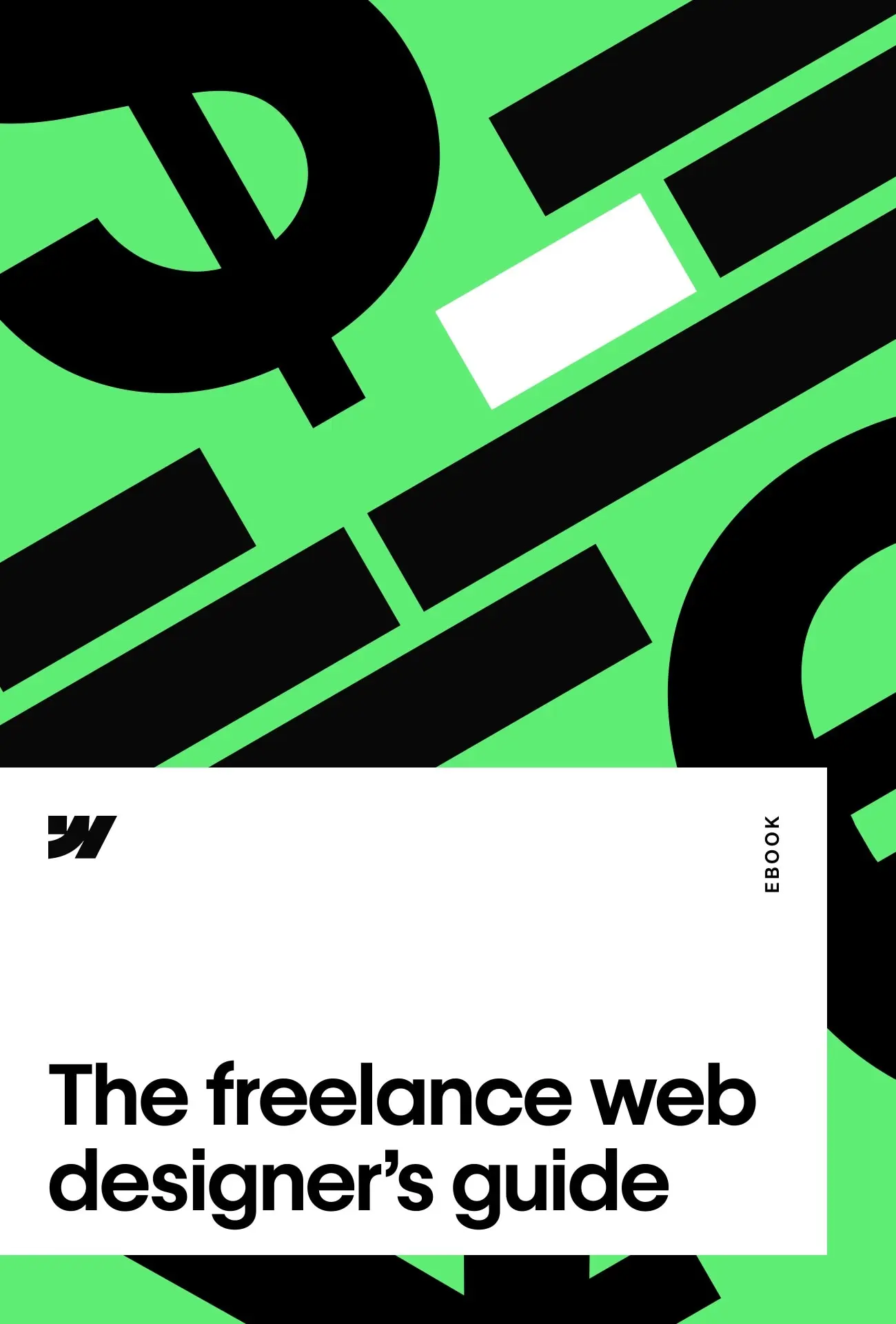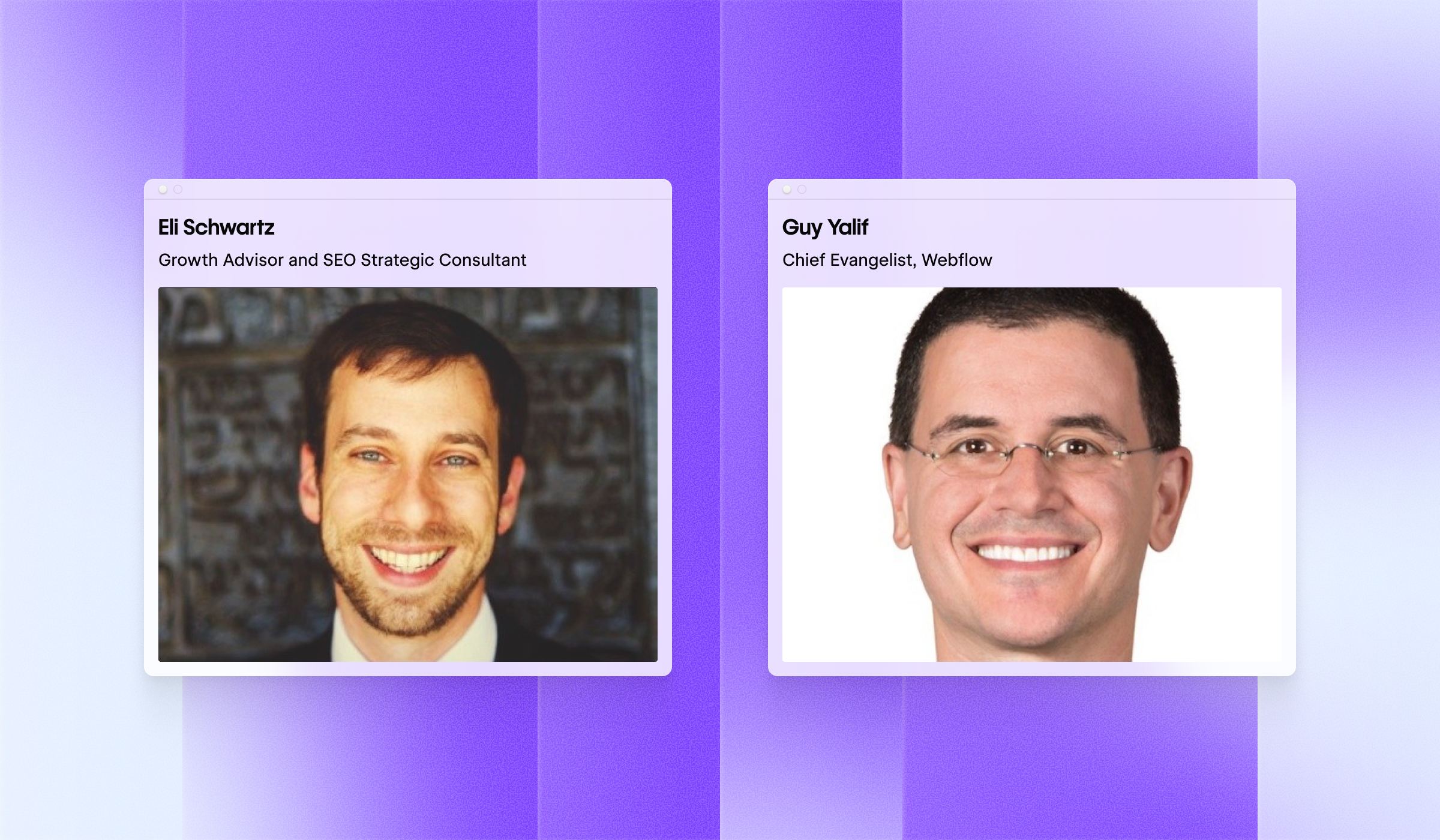The freelance web designer's guide
The missing guide to becoming —and making a living as— a freelance web designer.

Thank you for downloading!
The ebook opened in a new tab, and we sent a copy of it to your email.
About this ebook
In this ebook, you’ll discover:
- Why you should consider freelancing if you haven't already made the leap
- How to find freelance web design work and overcome one of the great hurdles to freelancing success
- How to think about pricing your services so you're making what you deserve
- How to use a design contract to set client expectations and ensure you deliver what they're looking for
- How to kick off a new freelancing project — and the 5 key questions you need to be asking yourself before you start any new project
- How to tackle the design process as a freelancer
- How to create ongoing revenue so you're making the most out of every contract
- 21 essential tools and apps to help you freelance like a pro
Other resources
No items found.
Schedule a demo
Build better websites — faster — with the power of Webflow. Backed by advanced security, custom traffic scaling, guaranteed uptime, and much more.
Build better websites — faster — with the power of Webflow. Backed by advanced security, custom traffic scaling, guaranteed uptime, and much more.
























